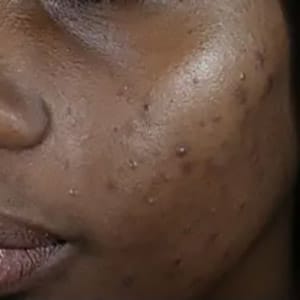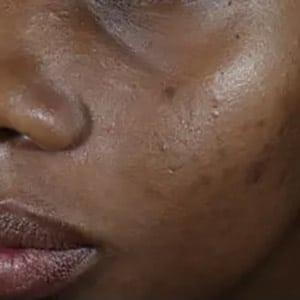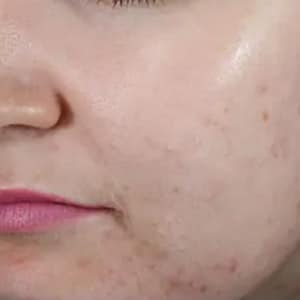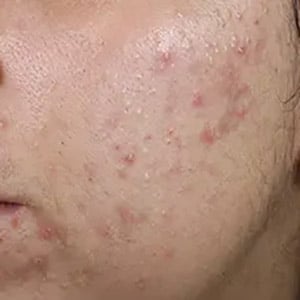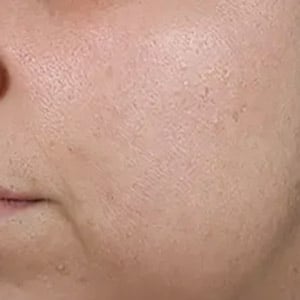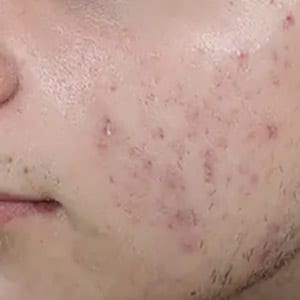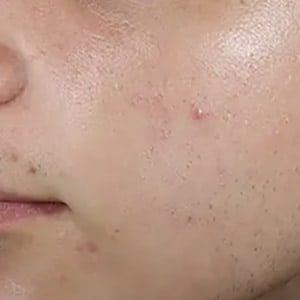Acne is a condition of the skin that results in pimples, whiteheads and blackheads. It results from hair follicles becoming clogged with dead skin cells and oil. Acne is most common on the face, back, chest and neck, but can occur wherever there are hair follicles present beneath the skin.While most common in teenagers, it can be experienced by people of any age. The problem of acne can be compounded by the emotional stress this condition can create. In fact, stress is one of the triggers of this skin condition.
Who Gets Acne?
Acne is most prominent in teenagers, but can begin, worsen or persist to varying degrees at all ages. While acne is a benign condition, it is important to treat due to the possibility of scarring in some cases.
Where Does Acne Most Commonly Occur?
Acne can occur in a number of areas on the body. The most common sites where acne can occur include the face, forehead, chest, shoulders and upper back. Acne appears in these areas more often because the skin in these regions has more sebaceous glands. Acne can, however, appear almost anywhere on the body, especially where hair grows. Hair can clog pores along with sebum, compounding the condition.
Signs and Symptoms of Acne
Acne can occur in a number of different ways and can show up anywhere on the body, though it is most commonly found on the face and upper torso. Signs of acne include pustules, closed or open plugged pores and, in some cases, cystic lesions.
What Are The Causes Of Acne?
There are four main causes of acne:
- Excess sebum production
- Hair follicles clogged by oil and dead skin cells
- Bacteria on the skin
- Inflammation
There are also certain conditions that can trigger an increase in acne, including:
- Hormonal changes. When hormones fluctuate in teen years or inmidlife, this can exacerbate acne and lead to breakouts.
- Some medications. Drugs such as corticosteroids, testosterone orlithium can also affect acne.
- Diet. Some studies indicate that certain foods such as breads andstarches can increase breakouts in some individuals.
- Stress. While not a cause of acne, stress can make it worse.
What Are the Different Types of Acne?
There are several different types of acne. Some of the most common are blackheads and whiteheads. Blackheads are open bumps filled with sebum and dead skin, while whiteheads are closed. Pimples that look like whiteheads with red rings are known as pustules and can cause scarring when aggravated or scratched. Additional types of acne that appear in more severe cases include nodules, which are very deep, and cysts, which are filled with pus.
Do Certain Foods Cause Acne?
What foods cause acne? They might not be the ones you think. While people often think that chocolate and greasy foods cause acne, they are not the culprits. The foods that cause acne include skim milk, sugary foods and whey protein.Another commonly asked question is “Does spicy food cause acne?” Spicy food does not cause acne, but it can inflame it, as spicy food tends to raise the body’s temperature.
How to Prevent Acne
Preventing acne involves a number of habits and best practices that you can easily incorporate into your life.
- First and foremost, make sure to wash your face well twice a day with a facial cleanser and use over-the-counter anti-acne treatments such as salicylic acid.
- Try to avoid touching your face and only use makeup that is hypoallergenic and will not clog pores.
- Moisturizing is another important way to prevent acne as it helps maintain the moisture balance and equilibrium of the skin.
- Finally, stay out of the sun as much as possible and avoid scratching or picking at your skin if you do develop some acne, as this can exacerbate the condition.
When to See a Dermatologist
Anyone experiencing acne should consider seeing a dermatologist. Seeing a dermatologist is particularly important when acne is chronic, cystic or inflamed, and is resistant to most over-the-counter treatments. By working in partnership with your dermatologist, you can develop a system of interventions that can treat acne and return your skin to a healthier and more balanced state.


